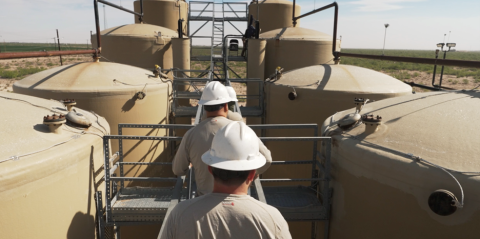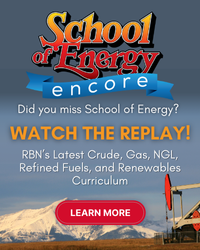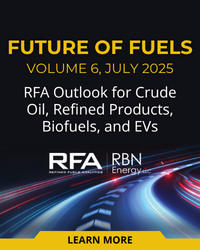There’s a lot going on in the Permian produced water space lately. Crude-oil-focused production in the prolific shale play is generating vast and increasing volumes of produced water that needs to be recycled or injected into disposal wells. State regulators, concerned about injection-related seismic activity, are tightening their rules, ramping up oversight and cracking down. Produced water gathering systems are being expanded and long-distance pipelines are being planned and built. In today’s RBN blog, we discuss the latest developments and where things are heading.
We took our first deep dive (so to speak) into produced water way back in 2017 in Wipe Out!. There we explained that, in addition to producing large amounts of crude oil and associated gas, Permian wells also generate massive volumes of produced water — collectively, many millions of barrels a day of water that is chock-full of petroleum residue, minerals and especially salt (which makes it brine) and that must be dealt with either by the producer or (more likely nowadays) a third-party produced water specialist. We noted that the produced water disposal problem is nothing new; a lot of water has always come along with oil and gas out of a well. A hundred years ago, E&Ps disposed of the produced water simply by pumping it back into the same formation it came from. That approach made the water-disposal problem go away, and sometimes it actually improved well performance –– the water increased pressures at the bottom of the well and drove more oil into the well bore and up to the surface, hence initiating some of the first enhanced oil recovery (EOR) techniques.
By the early 1970s, wastewater of all sorts was being disposed of by pumping it underground, not only from oil and gas operations, but from all sorts of industrial activity. Addressing public concerns at the time, the Safe Drinking Water Act of 1974 mandated that the Environmental Protection Agency (EPA) establish rules for wells used for any wastewater disposal, which became known as the Underground Injection Control (UIC) program. That program designated five classifications of underground disposal wells, of which oilfield produced water wells were designated Class II wells — and often referred to as saltwater disposal wells, or SWDs. Over the ensuing decades, tens of thousands of Class II wells were drilled and used to dispose of produced water from conventional wells, with much of the water pumped back into the very same formation the oil came from, just like in the early years of the industry. The conventional reservoirs were permeable enough to absorb the produced water being pumped back into them.
Join Backstage Pass to Read Full Article









